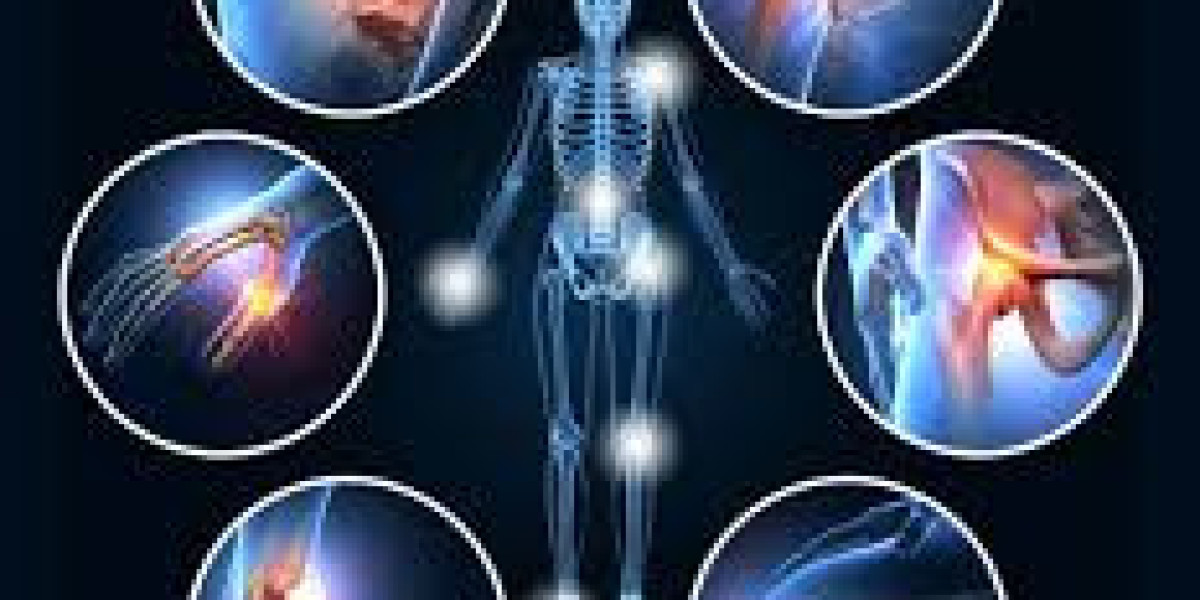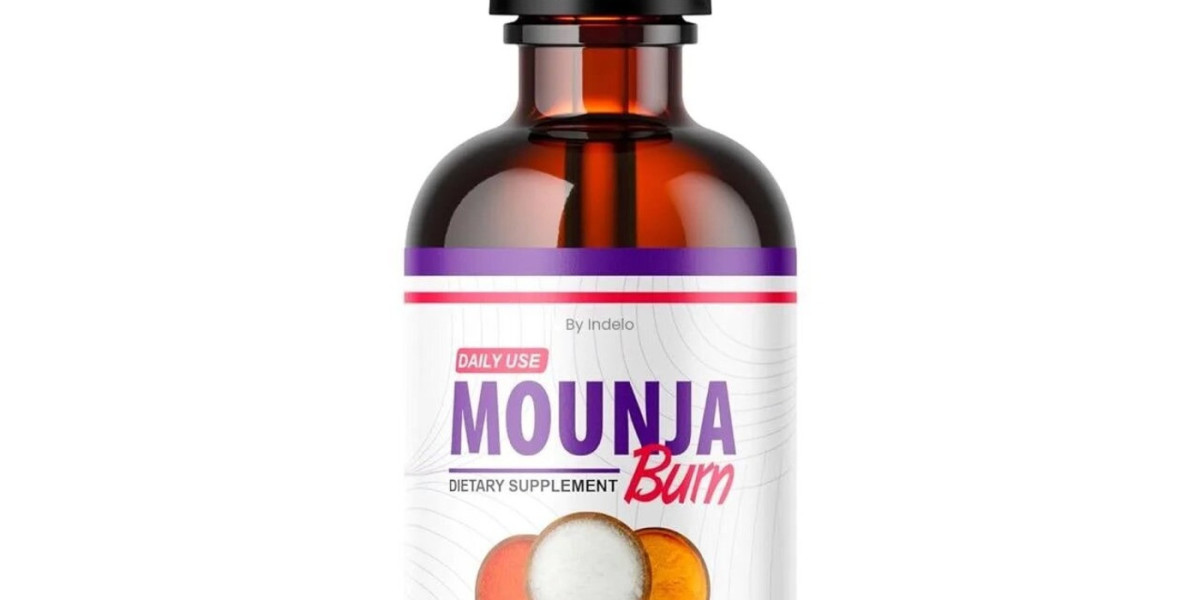Acute muscle spasms are sudden, involuntary contractions of one or more muscles. They can be painful and disruptive. Understanding the triggers is essential for prevention and management. Stress, diet, and physical activity play significant roles in causing these spasms. Let’s explore how each factor contributes.
Stress and Muscle Spasms
Stress is a common trigger for muscle spasms. When you are stressed, your body releases hormones like cortisol. These hormones prepare your body for a "fight or flight" response. This response causes your muscles to tense up. Prolonged tension leads to spasms.
Chronic stress keeps your muscles in a constant state of readiness. Over time, this can cause fatigue and involuntary contractions. Stress also reduces blood flow to muscles. Poor circulation deprives muscles of oxygen and nutrients. This imbalance increases the likelihood of spasms.
Managing stress is crucial for preventing muscle spasms. Techniques like deep breathing, meditation, and regular exercise can help. These activities reduce cortisol levels and promote relaxation. A relaxed body is less prone to muscle tension and spasms.
Diet and Muscle Spasms
Your diet directly impacts muscle health. Nutrient deficiencies are a leading cause of muscle spasms. Key nutrients like magnesium, potassium, and calcium are essential for muscle function. Low levels of these minerals can trigger spasms.
Magnesium helps muscles relax. A lack of magnesium causes muscles to contract involuntarily. Potassium regulates muscle contractions. Insufficient potassium leads to weak and uncoordinated muscle movements. Calcium is necessary for muscle contraction and relaxation. Low calcium levels result in prolonged muscle contractions.
Dehydration is another dietary factor. Muscles need water to function properly. Dehydration causes an electrolyte imbalance. This imbalance disrupts muscle activity and leads to spasms. Drinking enough water throughout the day is vital.
Processed foods and excessive caffeine can also contribute. Processed foods are often low in essential nutrients. They may contain additives that affect muscle function. Caffeine is a stimulant that can overexcite muscles. Limiting caffeine intake can reduce the risk of spasms.
A balanced diet rich in fruits, vegetables, and whole grains supports muscle health. These foods provide the necessary nutrients for proper muscle function. Including sources of magnesium, potassium, and calcium is particularly important.
Physical Activity and Muscle Spasms
Physical activity is a double-edged sword. It is essential for muscle health but can also trigger spasms. Overuse of muscles during exercise is a common cause. Intense or prolonged activity strains muscles. This strain leads to fatigue and involuntary contractions.
Inadequate warm-up before exercise increases the risk. Cold muscles are more prone to spasms. Stretching and warming up prepare muscles for activity. They improve blood flow and flexibility. This reduces the likelihood of spasms.
Improper technique during exercise can also cause spasms. Poor form puts unnecessary stress on muscles. This stress leads to overuse and injury. Learning proper techniques and using appropriate equipment is crucial.
Rest and recovery are equally important. Muscles need time to repair after activity. Overtraining without adequate rest leads to fatigue. Fatigued muscles are more susceptible to spasms. Incorporating rest days into your routine allows muscles to recover.
Hydration during exercise is critical. Sweating during physical activity depletes fluids and electrolytes. Replenishing these losses prevents dehydration and electrolyte imbalances. Drinking water before, during, and after exercise is essential.
Preventing Acute Muscle Spasms
Preventing muscle spasms involves addressing the underlying triggers. Managing stress, maintaining a balanced diet, and practicing safe physical activity are key. Here are some practical tips:
Manage Stress: Incorporate relaxation techniques into your daily routine. Practice deep breathing, meditation, or yoga. These activities reduce stress and promote muscle relaxation.
Eat a Balanced Diet: Focus on nutrient-rich foods. Include sources of magnesium, potassium, and calcium. Stay hydrated by drinking plenty of water throughout the day.
Exercise Safely: Warm up before physical activity. Use proper techniques and equipment. Avoid overtraining and allow time for rest and recovery.
Stay Hydrated: Drink water regularly, especially during exercise. Replenish electrolytes with sports drinks if necessary.
Stretch Regularly: Incorporate stretching into your daily routine. Stretching improves flexibility and reduces muscle tension.
Monitor Caffeine Intake: Limit consumption of caffeinated beverages. Excessive caffeine can overstimulate muscles and increase the risk of spasms.
Get Enough Sleep: Ensure you get adequate rest. Sleep allows your muscles to recover and repair.
When to Seek Medical Attention
Most muscle spasms are harmless and resolve on their own. However, some cases require medical attention. Consult a healthcare professional if you experience:
Frequent or severe spasms
Spasms that do not improve with self-care
Spasms accompanied by swelling, redness, or weakness
Spasms that interfere with daily activities
These symptoms may indicate an underlying medical condition. Conditions like nerve compression, electrolyte imbalances, or muscle disorders can cause persistent spasms. A healthcare provider can diagnose the cause and recommend appropriate treatment.
Conclusion
Acute muscle spasms are often triggered by stress, diet, and physical activity. Understanding these triggers helps in prevention and management. Managing stress through relaxation techniques reduces muscle tension. A balanced diet provides essential nutrients for muscle function. Safe physical activity practices prevent overuse and injury.
Incorporating these strategies into your daily routine can significantly reduce the risk of muscle spasms. Staying hydrated, stretching regularly, and getting enough rest are also important. If spasms persist or worsen, seek medical attention to rule out underlying conditions.
By addressing the root causes, you can maintain healthy muscles and prevent painful spasms. Taking proactive steps ensures better muscle health and overall well-being.








